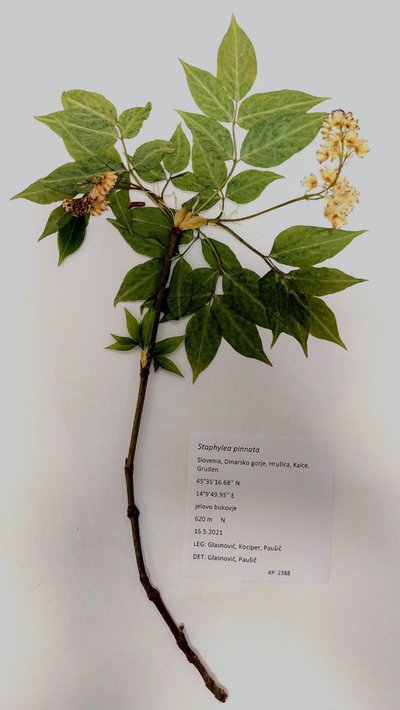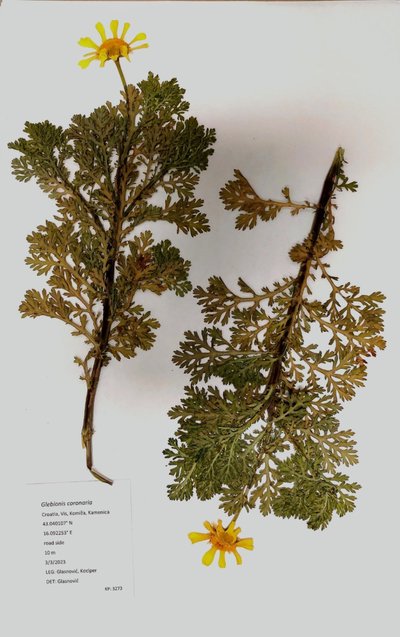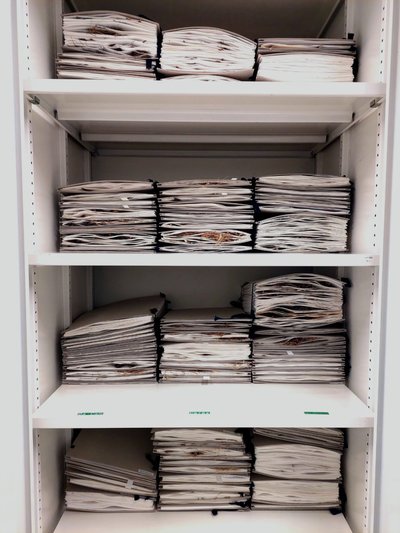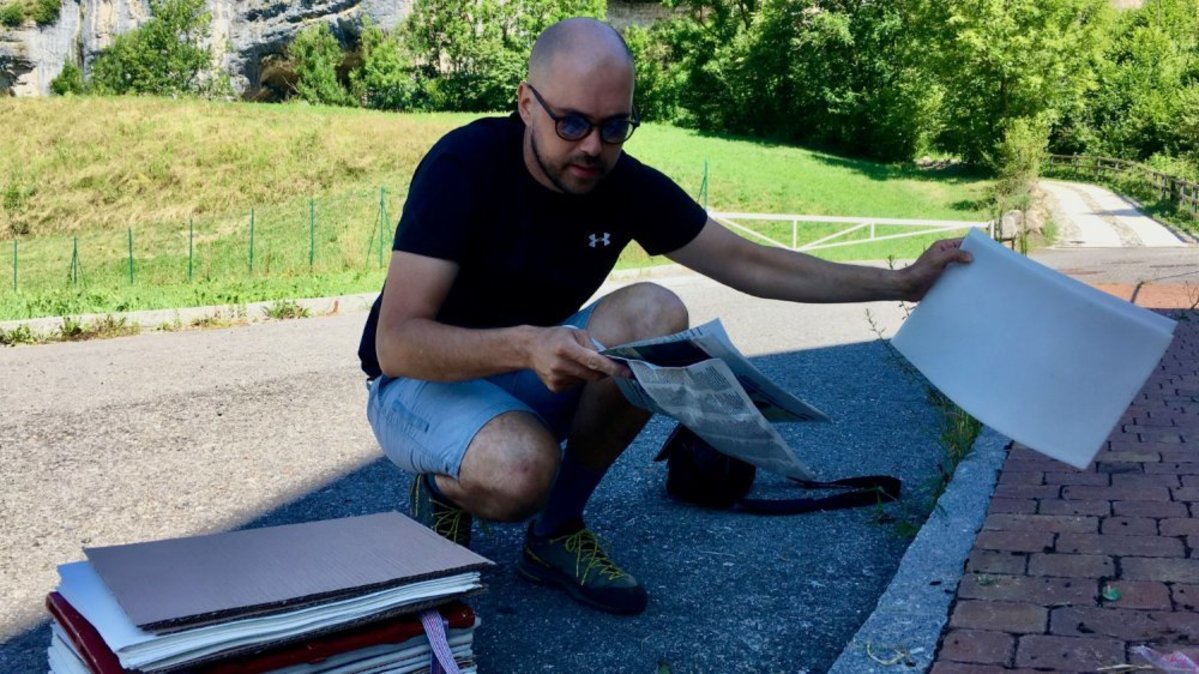Tuesday, 6 February 2024 UP HERBARIUM GAINS INTERNATIONAL CODE AND JOINS A NETWORK OF MORE THAN 3,500 HERBARIA WORLDWIDE
UP HERBARIUM GAINS INTERNATIONAL CODE AND JOINS A NETWORK OF MORE THAN 3,500 HERBARIA WORLDWIDE
For many of us, our first association with a herbarium is a primary or secondary school collection of a few dozen dried plants, complete with names and a few details. For many of us, this is the first way to get up close and personal with the plants that surround us.
But herbariums are not just collections of dried and labelled plants, they are institutions that collect and preserve material of scientific, educational and naturalistic importance. The oldest surviving herbariums date back to the 16th century and are of inestimable value, while more recent herbariums have also gained in importance with the development of genomics and the digitisation of biological data to facilitate their use for research purposes. Herbariums can hold millions of specimens, e.g. the largest herbarium of the Paris Museum of Natural History holds 9.5 million specimens, followed by the New York Botanical Garden herbarium with 7.6 million. The latter also maintains a global database, Index Herbariorum, which brings together more than 3,500 herbariums from around the world and assigns a unique code to identify herbaria. Since January 2024, the Herbarium of the University of Primorska with the code KP is also part of this network, which is also the first indexed herbarium outside Ljubljana, joining the other four indexed herbaria in Slovenia, namely the Herbarium of the University of Ljubljana, the Herbarium of the Natural History Museum of Slovenia, the Herbarium of the Forestry Institute of Slovenia, and the Herbarium of the Jovan Hadžija Institute of Biology of the Slovenian Academy of Sciences.



The UP Herbarium Collection
The UP Herbarium Collection was started in 2008, in parallel with the study programmes and activities of the Department of Biodiversity at UP FAMNIT. In the framework of the teaching and research process, the Herbarium Collection grew. Today, the collection contains just under 6,000 specimens of seed plants, ferns, mosses and macroalgae. The largest collection is the collection of flowering plants and ferns, which comprises just over 5,200 specimens and has recently been arranged in pedigree folders and fully entered into the database. Geographically, the collection is focused on the western part of the Balkan Peninsula and the south-eastern Alps, with a particular emphasis on collecting and preserving material from Istria. As Asisst. Dr. Peter Glasnović, one of the key researchers responsible for the achievement, said: "By including the collection in the Index herbariorum, we aim to make UP and its herbarium part of the global scientific community and contribute to the development of botanical research in the region and beyond." Future goals are to organise and digitise the entire collection, which will make it easier to disseminate information to the wider public.

Assist. Dr. Peter Glasnović, from the Department of Biodiversity (UP FAMNIT)




